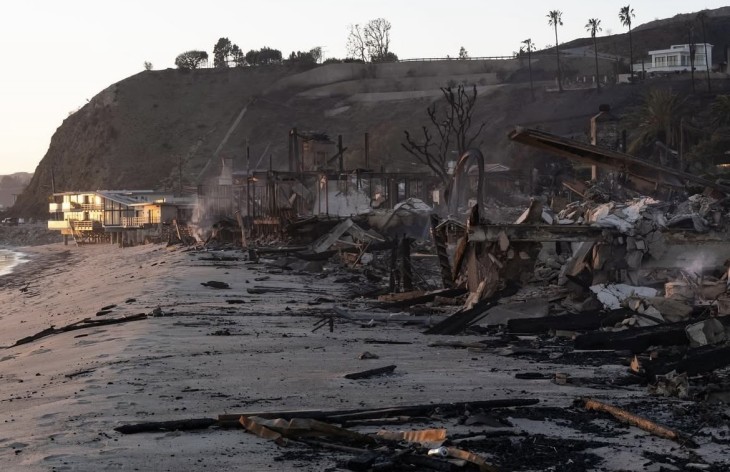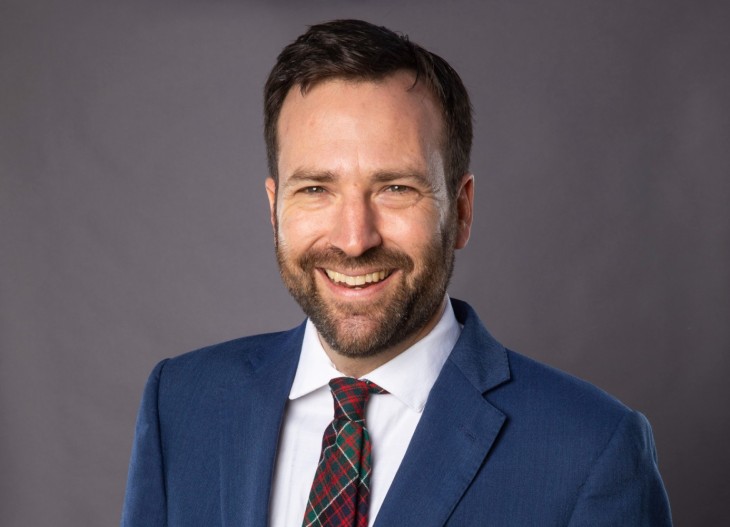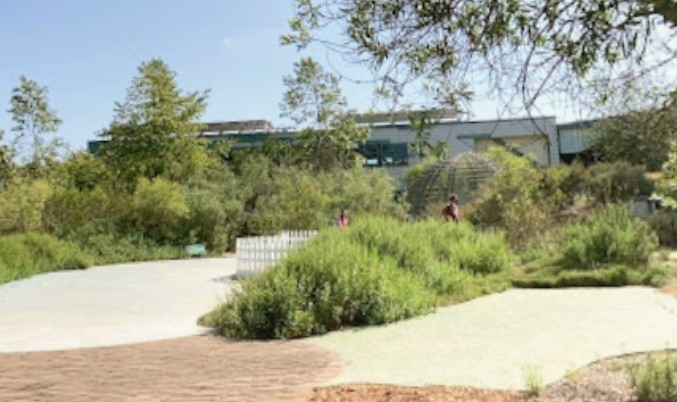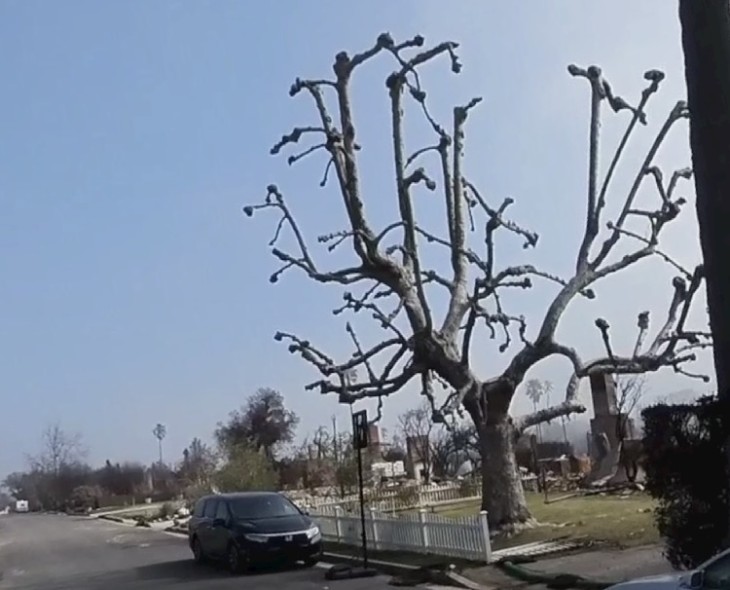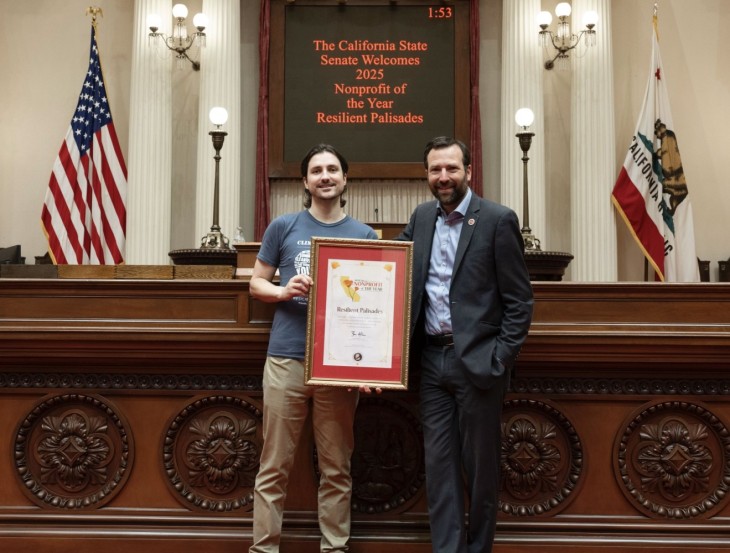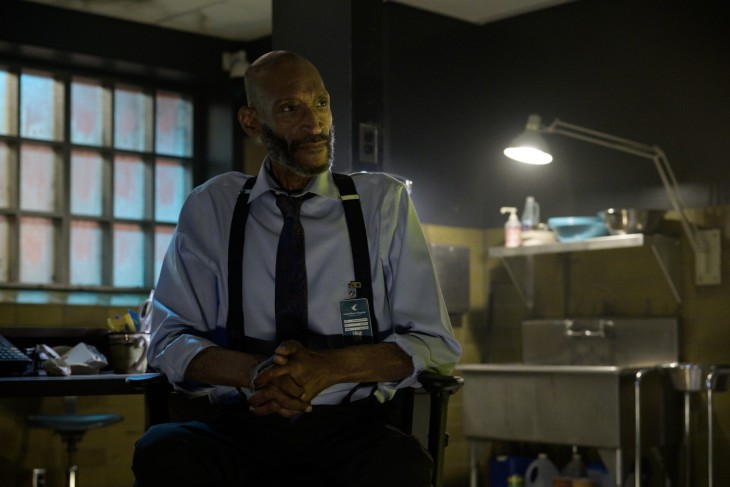By Jennifer Eden
Both pro- and anti- Santa Monica Airport (SMO) advocates were disappointed Thursday morning after a Wednesday evening, May 24, Santa Monica City Council meeting decided upon a shortened SMO runway that seemed to please few aside from councilmembers themselves.
The new runway will be shortened from its current 5,000 feet to 3,500 feet, which is in accordance with the provisions included in the Consent Decree, the settlement agreement reached between the City of Santa Monica and the FAA, according to the City.
The project is anticipated to be completed by December 2017, the timing of which has left many in the surrounding area up in arms.
“The speed at which the secret decree to keep the Airport operating at least 12 more years was enacted, and the slow process and efforts required by the community to insure the runway is actually shortened and not just repainted clearly demonstrate that the City is more committed to keeping jets flying than closing the airport,” Alan Levenson from No More Jets told The Mirror Thursday morning.
“Our City staff and hired professionals are taking too long to carry out an action justified and mandated by federal decree,” Levenson said prior to the meeting. “A deal was signed. Promises were made. We have been hearing delays and excuses far too long.”
The City disagrees. Santa Monica remains firm on their commitment to honor the terms outlined in the agreement with the FAA, according to Santa Monica Mayor Ted Winterer. “The action of the City Council today will improve conditions at SMO and reduce jet noise and air pollution impacts on surrounding neighborhoods until the airport closes in 2028,” Winterer said Wednesday evening.
The Council was presented with two feasible design options for the shortened runway during the meeting. The “easterly alignment” option would have moved the west end of the runway 1,035 feet to the east and the east end 438 feet to the west. The “center option” eliminates approximately 736 feet from each end of the existing runway.
“Both options would also require the creation of six new taxiways within already utilized and paved areas of the Airport, at regular spacing along the re-aligned 3,500-feet runway, providing improved safety for arriving aircraft taxiing off the runway,” the City said.
Council unanimously selected the centered option. Council also directed staff to proceed with preparing detailed drawings and return with a guaranteed maximum price construction bid.
The new runway promises to comply with FAA safety standards, reduce larger jet traffic by 44 percent, reduce larger jet noise and pollution and be complete and operational by years’ end.
“The City Council voted to spend other $5 million dollars to placate a minority of folks that bought homes next to an airport,” pilot and SMO advocate Mark Smith told The Mirror. “This is seventh grade trigonometry. A shorter runway will force all aircraft to fly 150 feet lower over the community, increasing noise and reducing the safety of airport operations.
“Larger aircraft with a fuel load to fly 1,000 miles will be limited, but some larger aircraft will still be able to land. The smaller and louder jets will still operate,” he added.
A topic of discussion surrounding the runway shortening has been a 1985 study by the SMO Airport Director to the Airport Commission, presented by the National Business Aviation Association (NBAA) to Council prior to Wednesday’s meeting. The report found a shortening of the runway by 500 feet would increase noise and pollution in surrounding areas.
“Staff believes that the NBAA letter offers no relevant or credible evidence to support its contention that additional studies are required,” Susan Cline, Director, Public Works, Civil Engineering penned to Council in a Supplemental Staff Report.
“The runway shortening project before the City Council relocates the runway thresholds, it does not allow for displaced thresholds [as in the 1985 study]. The two projects are not comparable,” added Nelson Hernandez, Senior Airport Advisor, in an email.
The NBAA does not agree. “Council’s public responsibilities require it to have acquired a far more comprehensive record before making any decision,” the association said in a letter to Council.
“City Staff ignored their own 1985 report that stated a displaced threshold would increase noise. Somehow they think the laws of physics have change in 30 years?” Smith added.
In a separate action, the Council directed staff to return as soon as possible, with project options to remove the eliminated portions of the runway. Council would consider proposed project options at a later meeting, including any CEQA implications.
For more information, visit smgov.net/departments/airport.




